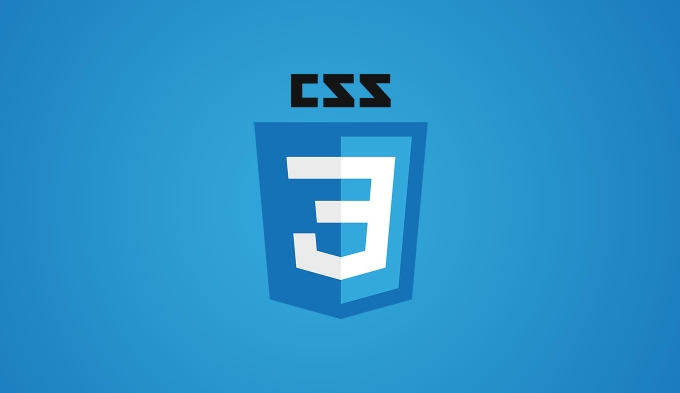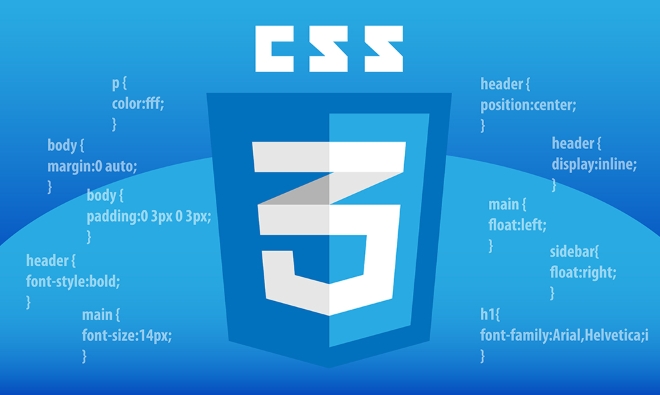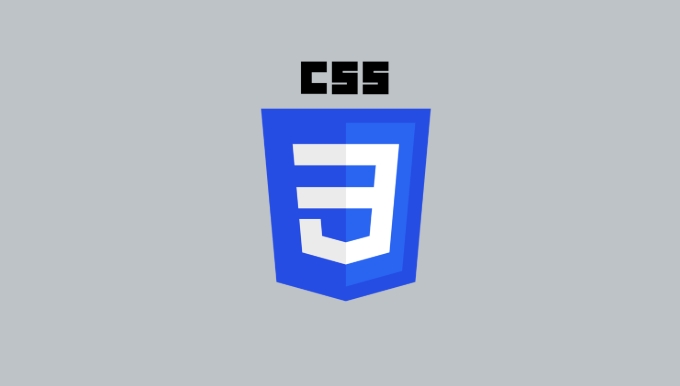To create dynamic web backgrounds using gradients, use CSS linear or radial gradients without images. Linear gradients change color along a straight line using the linear-gradient() function, such as background: linear-gradient(to right, #ff9a9e, #fad0c4); for a horizontal pink-to-peach gradient. 1) Define direction (e.g., to right, to bottom, angle). 2) Include fallback colors and browser prefixes if needed. 3) Add multiple color stops for complexity. Radial gradients use radial-gradient() for circular effects like background: radial-gradient(circle, #a18cd1, #fbc2eb);. 4) Adjust shape, size, and position for customization. For sharp transitions, use hard stops like background: linear-gradient(to right, white 50%, black 50%);. 5) Layer gradients with commas in background-image for advanced designs. Gradients are scalable, support responsive layouts, and enhance visual depth when combined with images or transparency.

Gradients can make your web backgrounds more dynamic without adding image files. They’re easy to control with CSS and scale perfectly across screen sizes.

How to create a basic linear gradient
A linear gradient changes color gradually along a straight line. You define it using the linear-gradient() function inside the background or background-image property.

For example:
background: linear-gradient(to right, #ff9a9e, #fad0c4);
This creates a horizontal gradient from pink to peach. The direction (to right) can be changed to to bottom, angles like 45deg, or compass directions like to top left.

Key points:
- Always include fallback colors in case gradients aren’t supported.
- Use browser prefixes if needed for older support (though modern browsers mostly handle them).
- You can set multiple color stops by listing more colors inside the parentheses.
Radial gradients for circular effects
Radial gradients radiate outward from a central point. They're useful for soft backgrounds or spotlight effects.
Here’s a simple version:
background: radial-gradient(circle, #a18cd1, #fbc2eb);
This creates a circular gradient starting from the center. You can adjust the shape (circle or ellipse) and position (like at top left).
Common tweaks:
- Change size keyword:
closest-side,farthest-corner, etc. - Add transparency for overlay effects.
- Combine with background images for depth.
Adding hard stops and sharp transitions
By default, gradients blend smoothly. But sometimes you want a sudden change between colors — this is where color stops come in handy.
Try:
background: linear-gradient(to right, white 50%, black 50%);
This splits the background exactly in half. You can use pixel values, percentages, or even combine several stops.
Useful for:
- Striped patterns
- Split-screen layouts
- Simulating shadows or highlights
You can layer multiple gradients by separating them with commas in the background-image property.
That's the core of using gradients effectively in CSS. It’s not complicated, but small details like color placement or fallbacks can make a big difference.
The above is the detailed content of Using CSS gradients for backgrounds. For more information, please follow other related articles on the PHP Chinese website!

Hot AI Tools

Undress AI Tool
Undress images for free

Undresser.AI Undress
AI-powered app for creating realistic nude photos

AI Clothes Remover
Online AI tool for removing clothes from photos.

Clothoff.io
AI clothes remover

Video Face Swap
Swap faces in any video effortlessly with our completely free AI face swap tool!

Hot Article

Hot Tools

Notepad++7.3.1
Easy-to-use and free code editor

SublimeText3 Chinese version
Chinese version, very easy to use

Zend Studio 13.0.1
Powerful PHP integrated development environment

Dreamweaver CS6
Visual web development tools

SublimeText3 Mac version
God-level code editing software (SublimeText3)

Hot Topics
 How can I include CSS only on some pages?
Jun 11, 2025 am 12:01 AM
How can I include CSS only on some pages?
Jun 11, 2025 am 12:01 AM
There are three ways to selectively include CSS on a specific page: 1. Inline CSS, suitable for pages that are not frequently accessed or require unique styles; 2. Load external CSS files using JavaScript conditions, suitable for situations where flexibility is required; 3. Containment on the server side, suitable for scenarios using server-side languages. This approach can optimize website performance and maintainability, but requires balance of modularity and performance.
 Flexbox vs Grid: Understanding the Key Differences in CSS Layout
Jun 10, 2025 am 12:03 AM
Flexbox vs Grid: Understanding the Key Differences in CSS Layout
Jun 10, 2025 am 12:03 AM
Flexboxisidealforone-dimensionallayouts,whileGridsuitstwo-dimensional,complexlayouts.UseFlexboxforaligningitemsinasingleaxisandGridforprecisecontroloverrowsandcolumnsinintricatedesigns.
 Creating an Auto-Closing Notification With an HTML Popover
Jun 10, 2025 am 09:45 AM
Creating an Auto-Closing Notification With an HTML Popover
Jun 10, 2025 am 09:45 AM
The HTML popover attribute transforms elements into top-layer elements that can be opened and closed with a button or JavaScript. Popovers can be dismissed a number of ways, but there is no option to auto-close them. Preethi has a technique you can u
 What is 'render-blocking CSS'?
Jun 24, 2025 am 12:42 AM
What is 'render-blocking CSS'?
Jun 24, 2025 am 12:42 AM
CSS blocks page rendering because browsers view inline and external CSS as key resources by default, especially with imported stylesheets, header large amounts of inline CSS, and unoptimized media query styles. 1. Extract critical CSS and embed it into HTML; 2. Delay loading non-critical CSS through JavaScript; 3. Use media attributes to optimize loading such as print styles; 4. Compress and merge CSS to reduce requests. It is recommended to use tools to extract key CSS, combine rel="preload" asynchronous loading, and use media delayed loading reasonably to avoid excessive splitting and complex script control.
 How to use Lotties in Figma
Jun 14, 2025 am 10:17 AM
How to use Lotties in Figma
Jun 14, 2025 am 10:17 AM
In the following tutorial, I will show you how to create Lottie animations in Figma. We'll use two colorful designs to exmplify how you can animate in Figma, and then I'll show you how to go from Figma to Lottie animations. All you need is a free Fig
 Breaking Boundaries: Building a Tangram Puzzle With (S)CSS
Jun 13, 2025 am 11:33 AM
Breaking Boundaries: Building a Tangram Puzzle With (S)CSS
Jun 13, 2025 am 11:33 AM
We put it to the test and it turns out Sass can replace JavaScript, at least when it comes to low-level logic and puzzle behavior. With nothing but maps, mixins, functions, and a whole lot of math, we managed to bring our Tangram puzzle to life, no J
 External vs. Internal CSS: What's the Best Approach?
Jun 20, 2025 am 12:45 AM
External vs. Internal CSS: What's the Best Approach?
Jun 20, 2025 am 12:45 AM
ThebestapproachforCSSdependsontheproject'sspecificneeds.Forlargerprojects,externalCSSisbetterduetomaintainabilityandreusability;forsmallerprojectsorsingle-pageapplications,internalCSSmightbemoresuitable.It'scrucialtobalanceprojectsize,performanceneed
 Does my CSS must be on lower case?
Jun 19, 2025 am 12:29 AM
Does my CSS must be on lower case?
Jun 19, 2025 am 12:29 AM
No,CSSdoesnothavetobeinlowercase.However,usinglowercaseisrecommendedfor:1)Consistencyandreadability,2)Avoidingerrorsinrelatedtechnologies,3)Potentialperformancebenefits,and4)Improvedcollaborationwithinteams.






